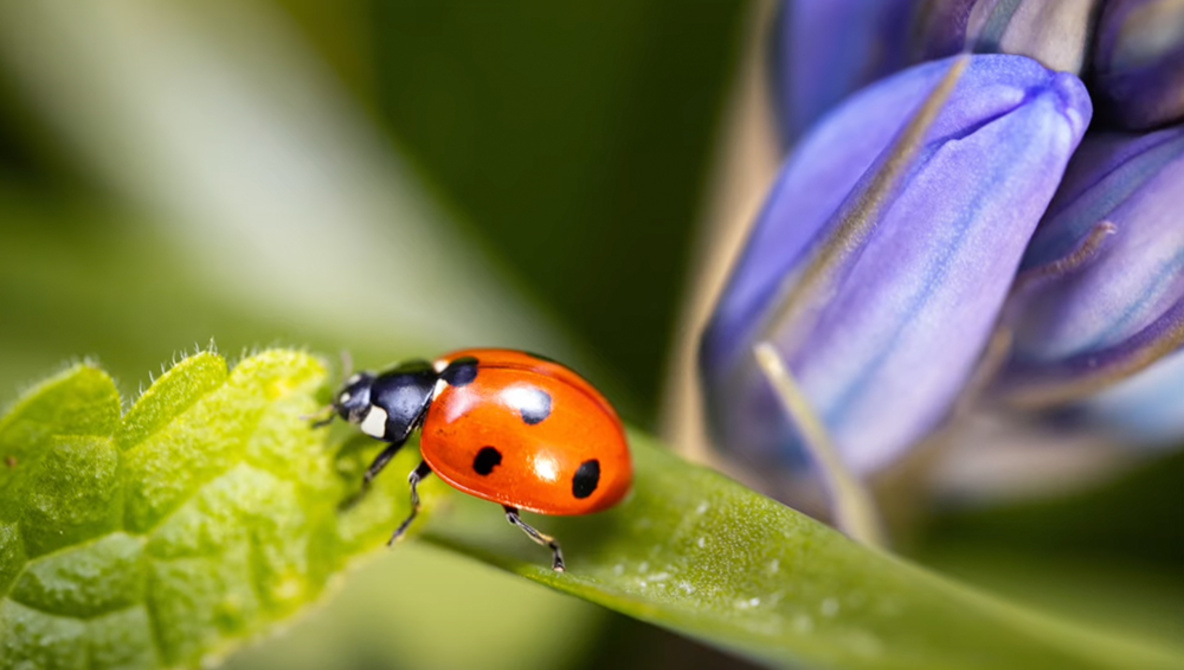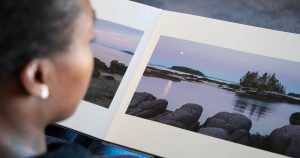
Extreme macro photography lets you explore a hidden world of minute details. This guide will help you capture these fascinating images with clarity and precision.
Coming to you from Ben Harvey Photography, this informative video dives into the intricacies of extreme macro photography. Using a Canon EOS R, Harvey demonstrates how to achieve stunning close-up shots. He attaches a Canon FD lens, typically meant for a film camera, in reverse. This setup, combined with extension tubes, allows for incredible magnification, far beyond standard macro photography. This method is entirely manual, which is both challenging and rewarding.
The video details the importance of a steady hand and the right conditions. Even a slight breeze can make it difficult to capture sharp images, as shown when Harvey struggles to photograph a tulip swaying in the wind. Water droplets on flowers or spider webs make excellent subjects for macro photography, offering intricate details that aren’t visible to the naked eye. Harvey emphasizes the need for patience and the right light, often using a flash to highlight his subjects effectively. Using additional light helps create a three-dimensional effect, making the subject stand out against the background. The video illustrates how a larger light source, relative to the tiny subject, produces soft, even lighting, enhancing the details in your photos.
Harvey also uses the Laowa 100mm macro lens, which offers a 2:1 reproduction ratio. This allows him to capture incredibly close shots, like the intricate details of a butterfly’s antenna covered in water droplets. This comparison highlights the versatility needed in your gear to adapt to different macro photography scenarios. Check out the video above for the full rundown from Harvey.
If you would like to continue learning about macro photography, be sure to check out “Mastering Macro Photography: The Complete Shooting and Editing Tutorial With Andres Moline!”



